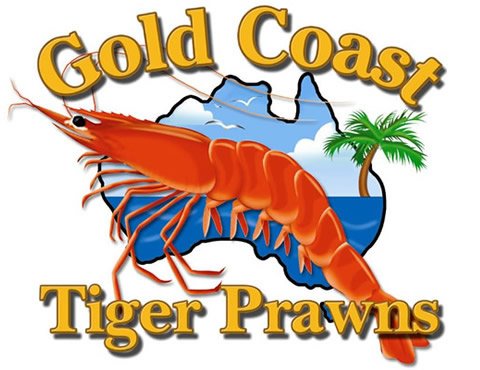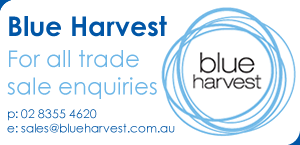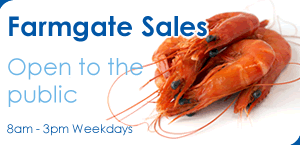Aquaculture Feed
What is in aquafeed?
Most aquaculture species grown in Australia are carnivorous. Carnivorous fish require a diet that contains a large proportion of fish meal and fish oil. Fish meal and fish oil are sourced from wild caught species of fish that are small, oil rich, bony pelagic fish, not normally used for direct human consumption.
Rapid growth in global aquaculture production is placing pressure on fully exploited fisheries supplying fish meal. Sustainable growth of aquaculture will depend on finding nutritional alternatives to replace fish meal and fish oil. Extensive research has shown that proteins derived from grains such as corn, wheat, soy beans and barley can provide the protein rich substitution for fish meal. Industry is confident that growth of aquaculture and the substitution of fish meal and fish oil can continue together at a sustainable pace.
Fish feed can represent 40 to 50% of production costs, fish meal and fish oil is the most expensive ingredient and increasing (table 1). This provides producers and feed manufacturers with plenty of incentive to look for alternative sources of replacement protein.
Source: Globefish
Fish farming is very efficient in terms of the conversion of protein to edible flesh compared with terrestrial animals. Farmed salmon convert approximately 1.2kg of feed into 1kg of fish. Poultry convert between 3 and 5 kg of feed into 1kg of flesh. Pigs covert approximately 8kg of feed into 1kg of flesh. This is an important ecological advantage for aquaculture in light of sustainable feed resources.
A sustainable approach to the development, management and regulation of aquaculture can ensure both the environment and industry provide long term economic and social benefits.





